Bukit Timah, Singapore's highest point, holds the only bit of real rain
forest left on the island. In 2014, the Singapore government closed the
Bukit Timah Reserve for unspecified "upgrades". Many local naturalists
were concerned that this might be a euphemism for urbanizing the area.
Our cousins Chris and Cynthia Chang took my grandson Ryan, his father Kevin and I to Bukit Timah for a late afternoon visit on September 13, 2014, just before the
reserve was to be closed for well over a year. We were concerned that it
might be the last chance to see the area (which I had first visited in
1972) as it was, but this has (fortunately) proven not to be the case.
We were greeted, at the park entrance, by a relatively rare sight: a blooming clump of Tiger Orchids (Grammatophyllum speciosum). Also known as the Queen of Orchids, this is the largest orchid in the world; an individual plant can weigh two tons. The species was once extirpated in Singapore, but the National Parks Board has now reintroduced it in a number of places.
Rather than walking up the summit trail into the forest, we decided to stay in the vicinity of the small lake near the entrance. There were certainly trees enough here (including this rather odd one - some sort of fig, perhaps, that has shed its fruit?).
Some raucous cries drew us to a male Greater Racket-tailed Drongo (Dicrurus paradiseus).
He seemed (as drongos often do) quite unconcerned by our presence; this close to the park entrance, I suppose, he must have had plenty of time to get used to people.
Neither did our presence seem to prevent this Plantain Squirrel (Callosciurus notatus) from going about its business.
The animal of the hour, though, was a very different sort of mammal indeed. Clinging to the side of a tree near the lake we found one of the most remarkable creatures in Singapore, a Sunda Colugo (Galeopterus variegatus). This is the creature usually known as a "flying lemur". It is neither a flyer nor a lemur, but it is a distant relative of primates (and hence of ourselves), and though it cannot fly it is probably the most accomplished glider in the natural world.
With the exception of its near cousin the Philippine Colugo (Cynocephalus volans), this is the only survivor of the once-widespread order Dermoptera. Colugos have the most extensive gliding surface of any mammal, going creatures like flying squirrels and sugar gliders one better by involving its tail in its gliding membrane. They can cover 100 metres in a single glide, but in compensation are utterly helpless on the ground and seemingly not much more mobile on a tree trunk.
This female, indeed, made no effort to get out of our sight as we watched and photographed her. She was blind in one eye, possibly because of an accident, but kept watch on us with her one good eye.
It is very important for a colugo to keep its gliding membrane, or patagium, in good condition. Grooming is vital, and the lower incisors of colugos have been modified to serve both as specialized grooming combs and as scrapers, used to scratch food from the surfaces of leaves.
Notice in the upper photograph that she is using her lower jaw, and presumably its specialized teeth, to comb her fur. It was because of her need to groom that I realized that this animal was a female; her patagium was doing double duty as a cradle, sheltering a tiny baby.
We spent a long time admiring and photographing (as Chris and Cynthia are doing) this remarkable and softly lovely animal. There may be only a thousand or so colugos left in Singapore, and now that Bukit Timah has opened again Singaporeans should have lots of chances to see them. Perhaps one will be the baby we saw in 2014 - who knows?






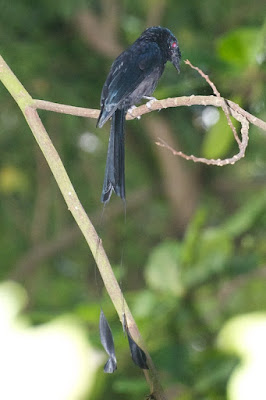
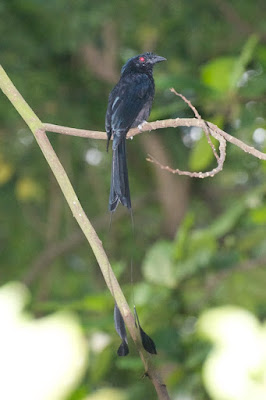
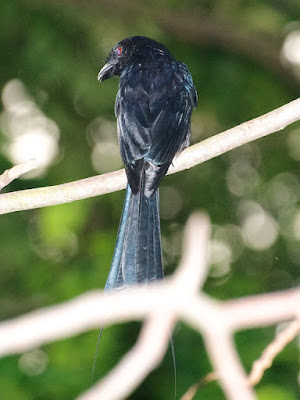








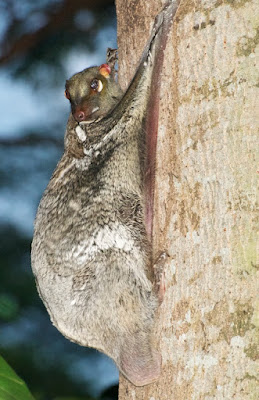

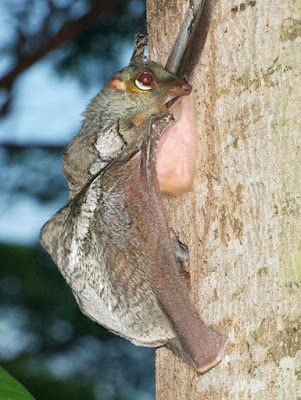


No comments:
Post a Comment